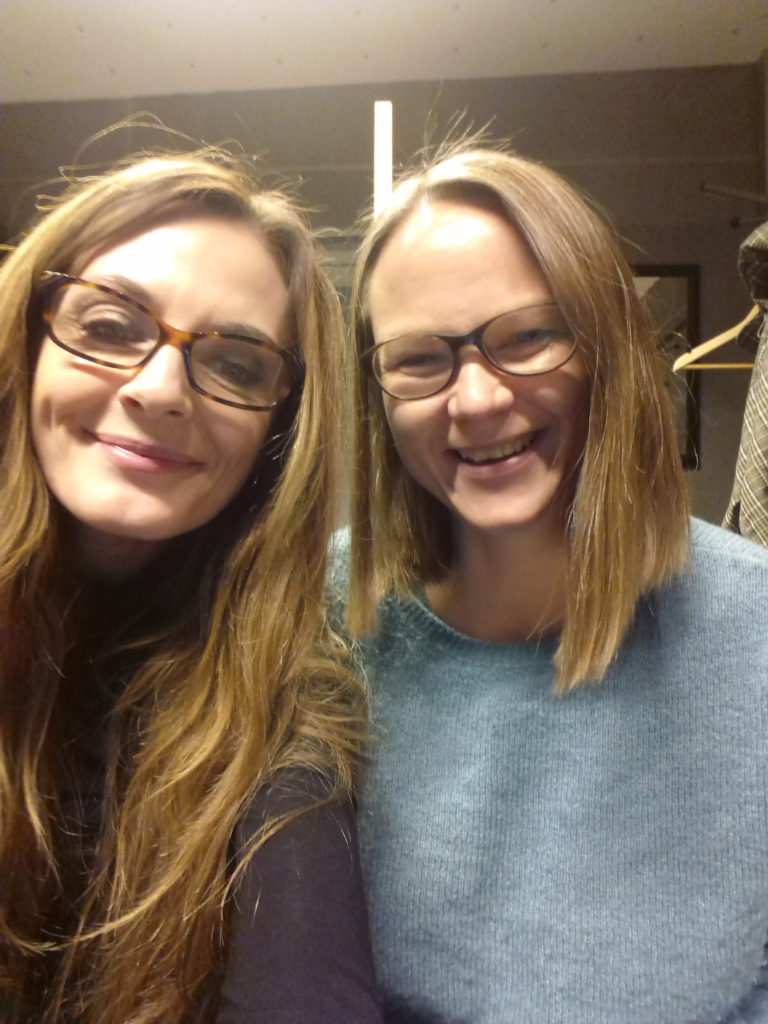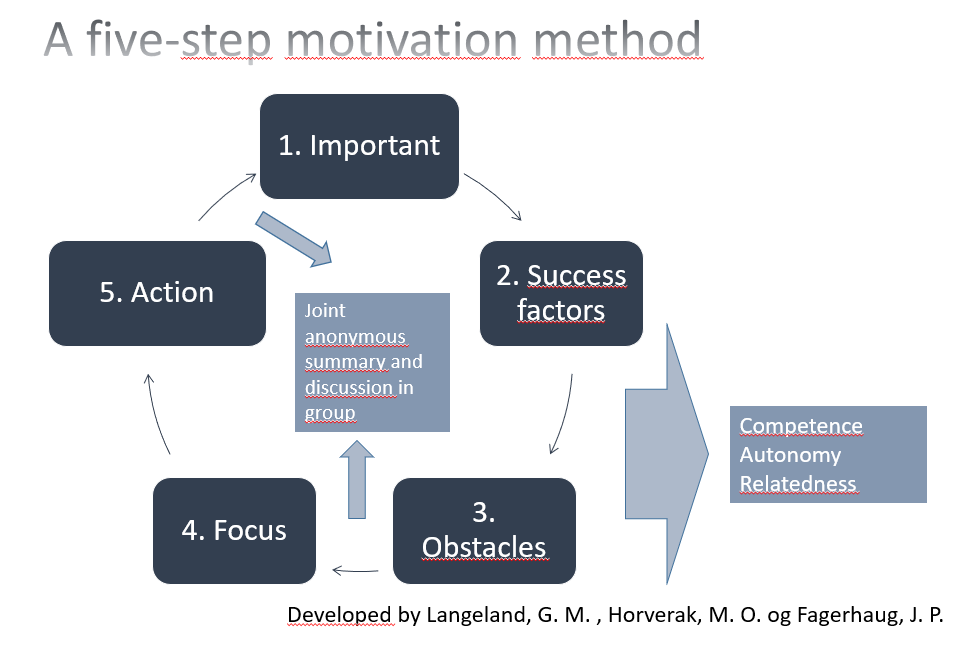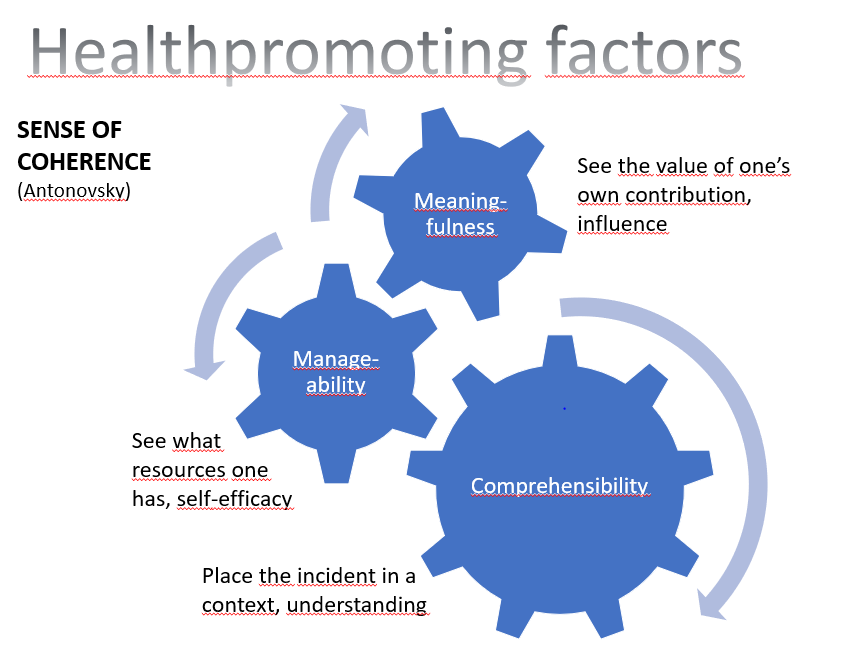
SAMM started as a research and development project at the teacher training education at the University of Agder 2017, in cooperation with Lillesand upper secondary school. The project was supported by the Norwegian Research Council the first year, and also received FoU-funding from the teacher training department, and several students were involved in establishing SAMM as an action research project. Furthermore, the project was involved in the public health programme Health Promoting Kindergartens and Schools, where the collaboration between schools and UiA continued with further developments of the SAMM-method. The development of the method in upper secondary school is run from Lillesand upper secondary school. The development of the method in lower secondary and primary school, and adult learning contexts, is run from Birkenes municipality. Several researchers at UiA are involved in research in relation to the developments implemented in schools.
The starting point for developing SAMM:
Because of low motivation and high drop-out numbers in upper secondary schools in Norway, we have developed an action research project called «A Systematic Approach – the fivestep Motivation Method». The Essence of the project is that students are to find out what they want themselves, how they can achieve this, and what stops them from reaching their goals. They will find SOLUTIONS on possible obstacles THEMSELVES. Lektor Gerd Martina Langeland at Lillesand upper secondary school initiated the project, and she developed a fivestep motivation method in collaboration with researcher May Olaug Horverak, an associate professor at the University of Agder at the time the project started. The work is inspired by tools developed by the Norwegian motivation psychologist John Petter Fagerhaug. Langeland adjusted the tool for use in a classroom context, and she worke with this tool in student groups in collaboration with Fagerhaug also before the SAMM-project started. For courses and training to apply the method in a school context, contact May Olaug Horverak or Gerd Martina Langeland.

The motivation method we have applied builds on self-determination theory and self-regulated learning. One of the purposes of the method is to support students in developing metacognitive learning strategies that can help them experience autonomy and competence, two of the basic needs that must be met in order to achieve inner motivation, according to Deci & Ryan’s self-determination theory. The method also involves dialogue in the class about goals and obstacles, and how one can work to succeed with reaching individual goals. In this way, it also meets the third basic need presented in self-determination theory, that is the need for relatedness. In the project, we apply the method with a focus on life in general and with a focus on different subjects.

The method is also based on theory on health promotion (Antonovsky, 2012) emphasising that a sense of coherence is healthpromoting and makes a person able to cope with stress. A sense of coherence is achieved if one experiences situations as understandable, manageable and meaningful, i.e. one understands the situation, one believes in one’s own ability to cope with it, and one sees one’s own contribution as valuable.

The project has been supported by the Norwegian Research Council, The Teacher Training Department at UiA, ABUP at Sørlandet Hospital and The Norwegian Directorate of Health and Agder County through “Health Promoting Kindergardens and Schools” and Agder County’s programme “Roadmap to better living conditions” and the Directorate for Integration and Diversity.
We have also cooperated with: Vest-Agder County and Etablerertjenesten i Vest-Agder in the project «Multicultural value creation», supported by the Norwegian Directorate of Integration and Diversity; ; Blåkors, in the project “SoNe og SoMe – Sosiale nettverk og sosiale medier” supported by the Norwegian Directorate of Health, Aust-Agder County and Vest-Agder County.
Photo on the homepage: Sigrunn Galteland Skaiaa (left), May Olaug Horverak (upper right), Helene Horverak (lower right)
Webpage editor: May Olaug Horverak